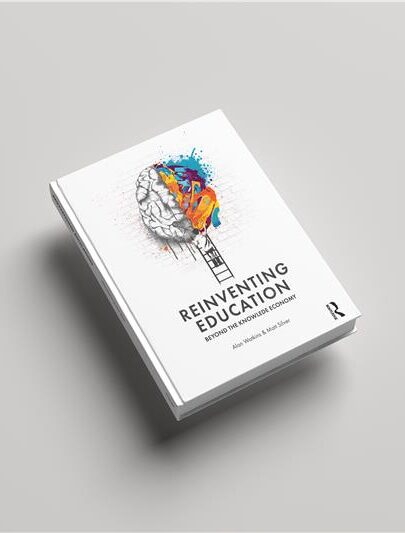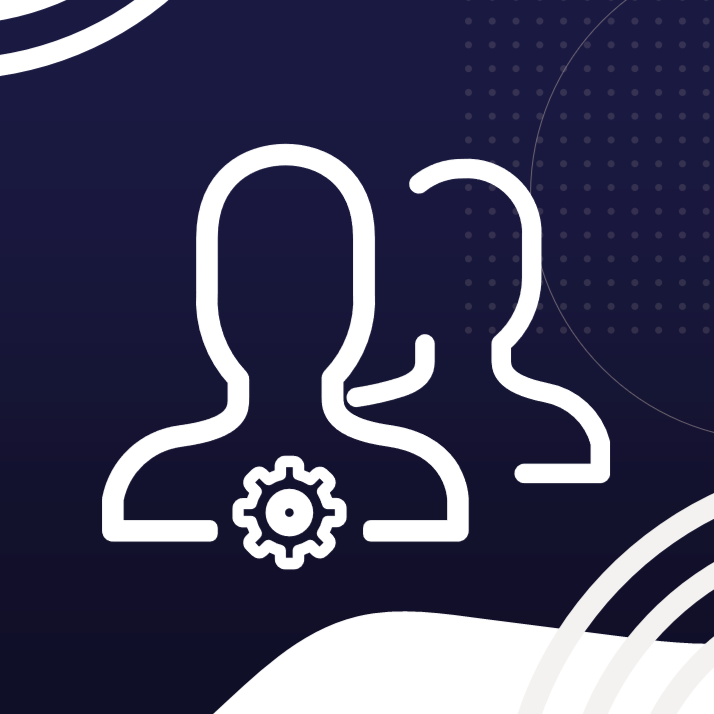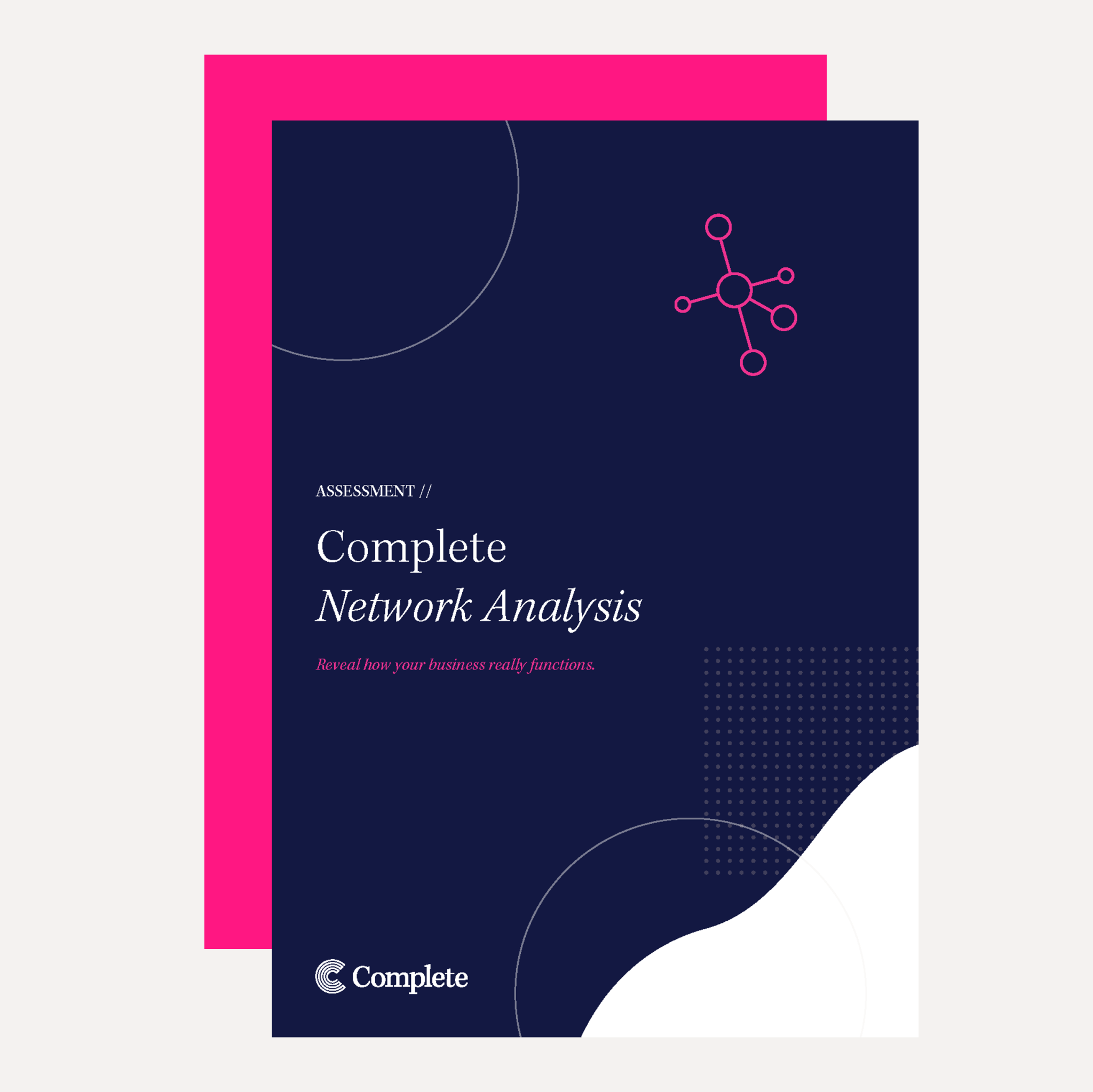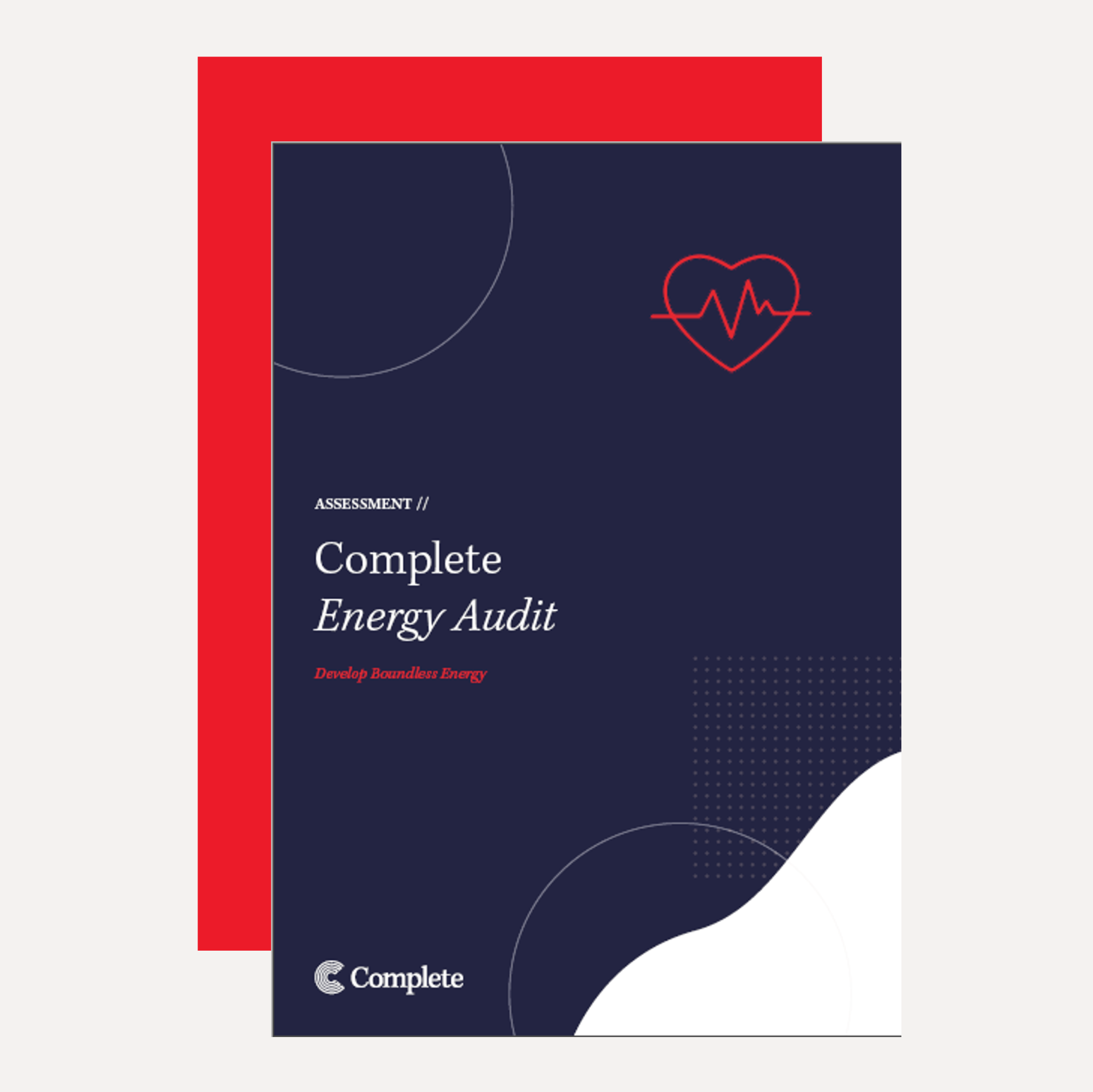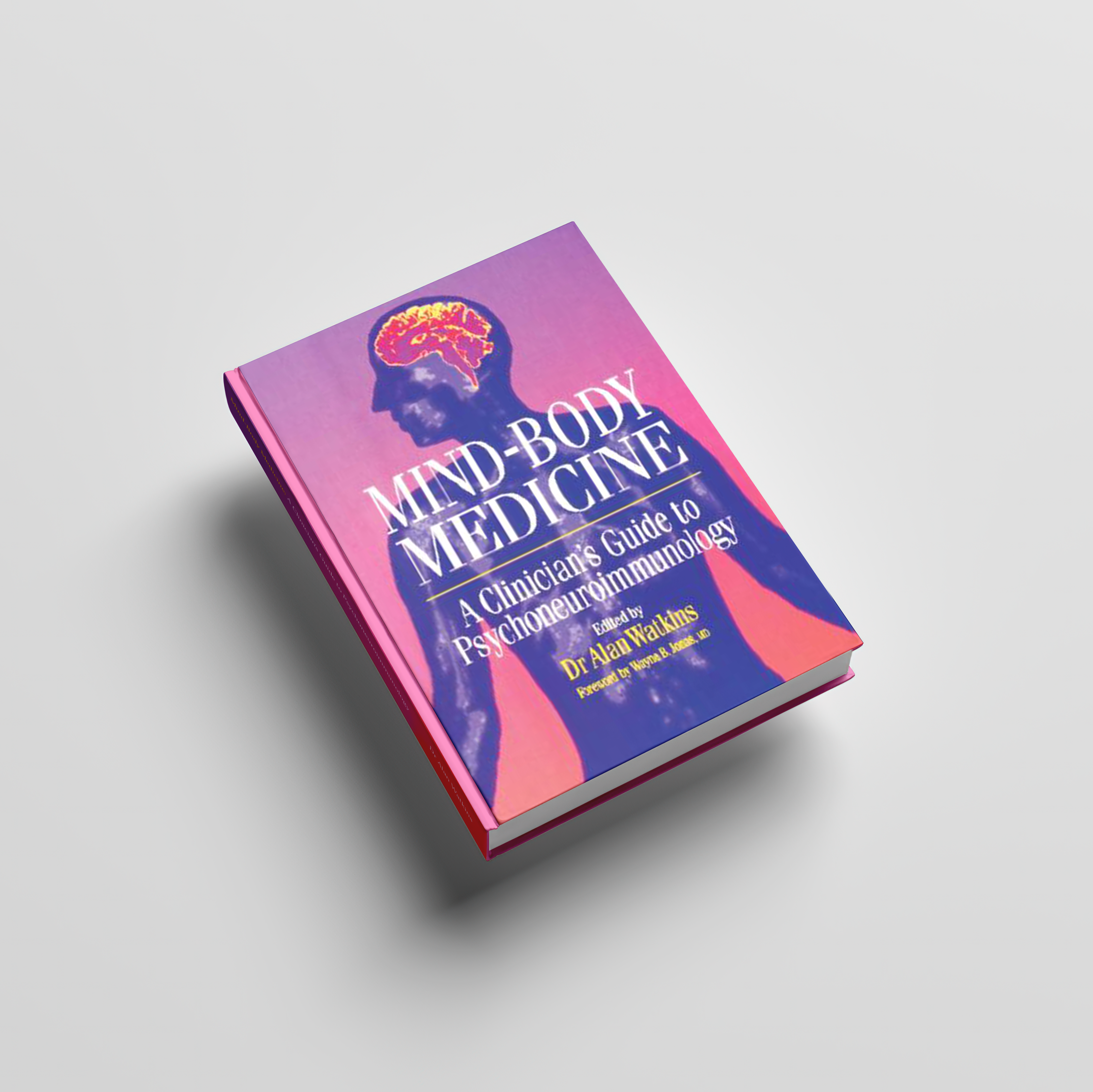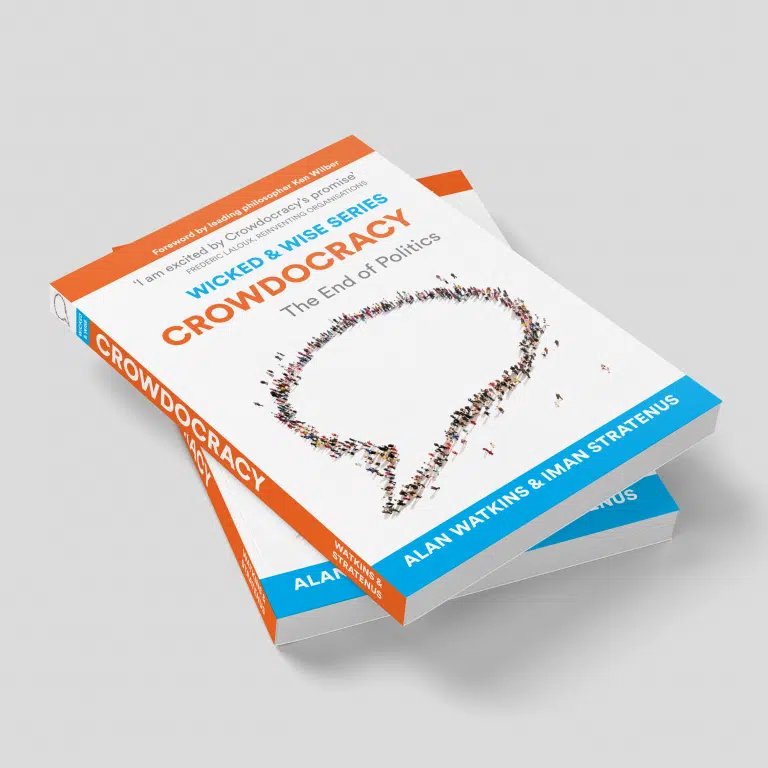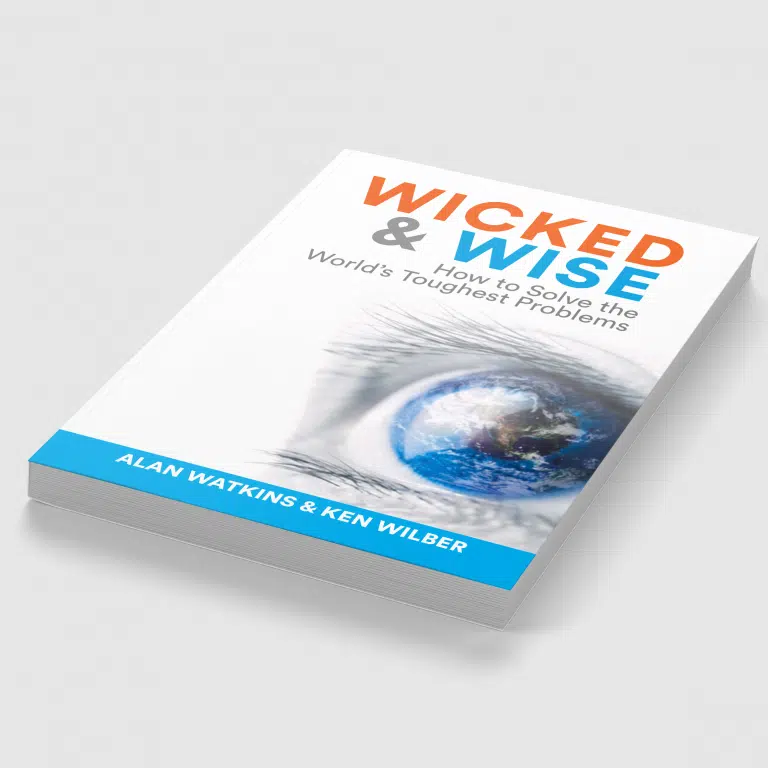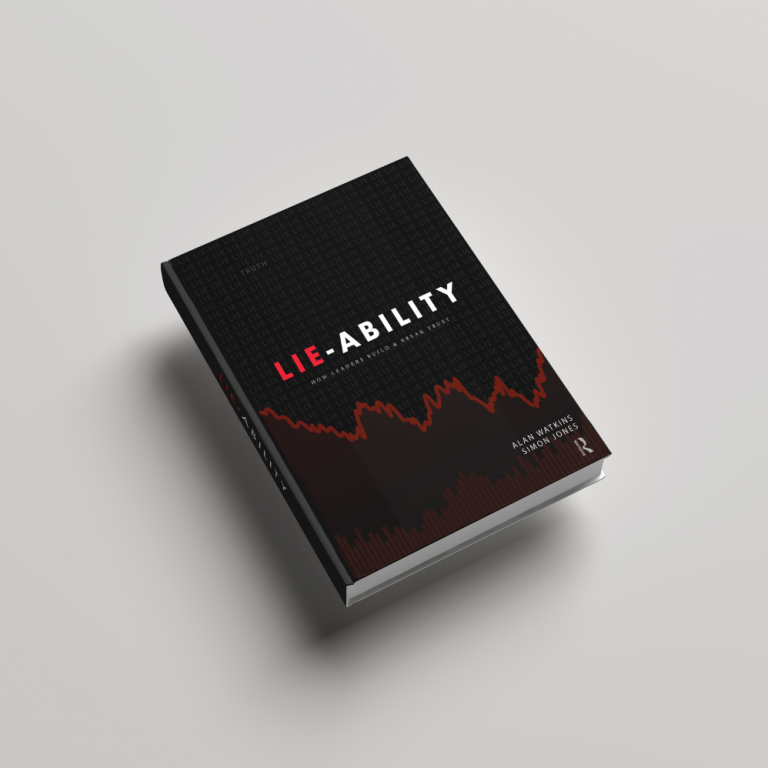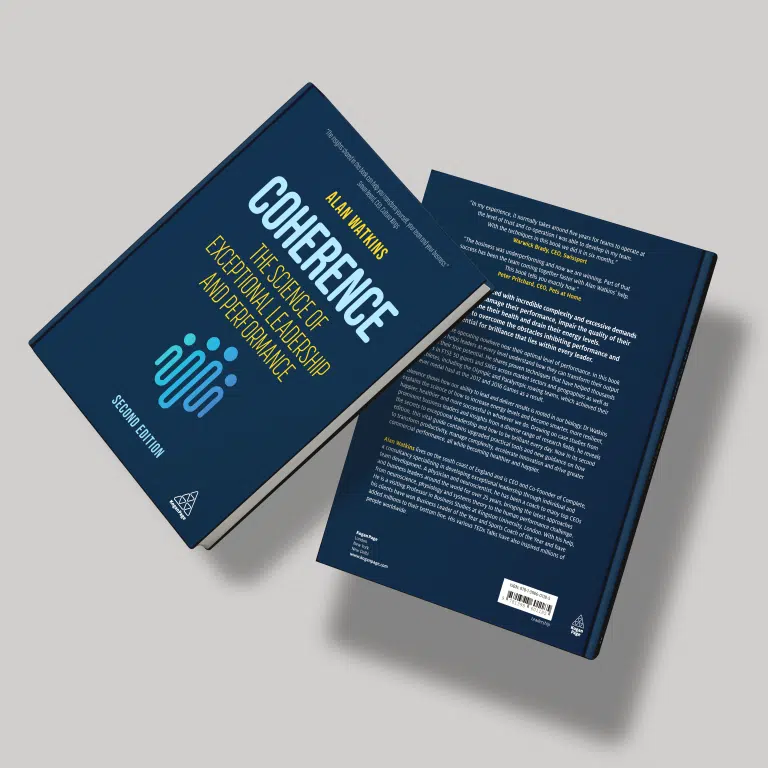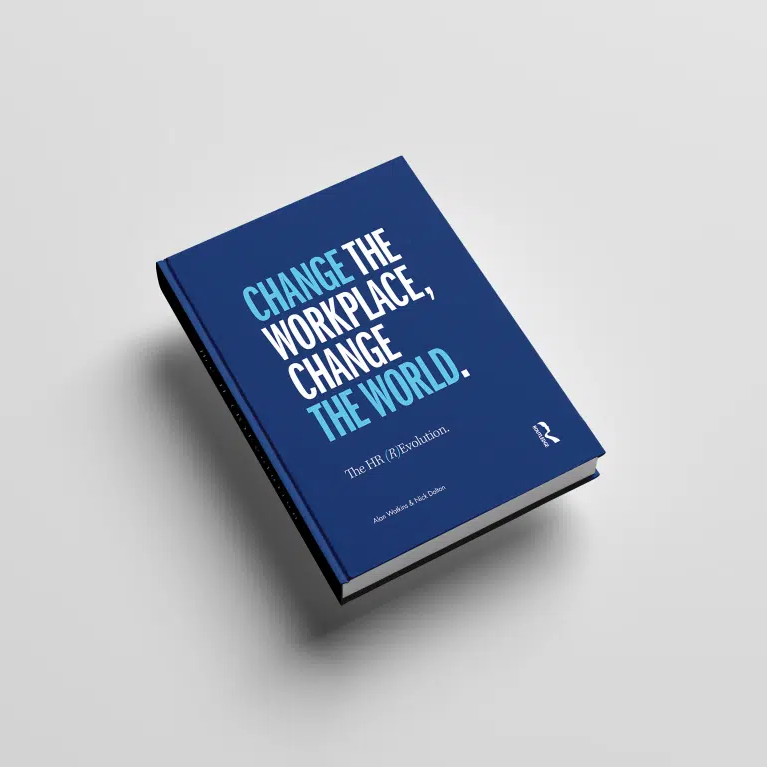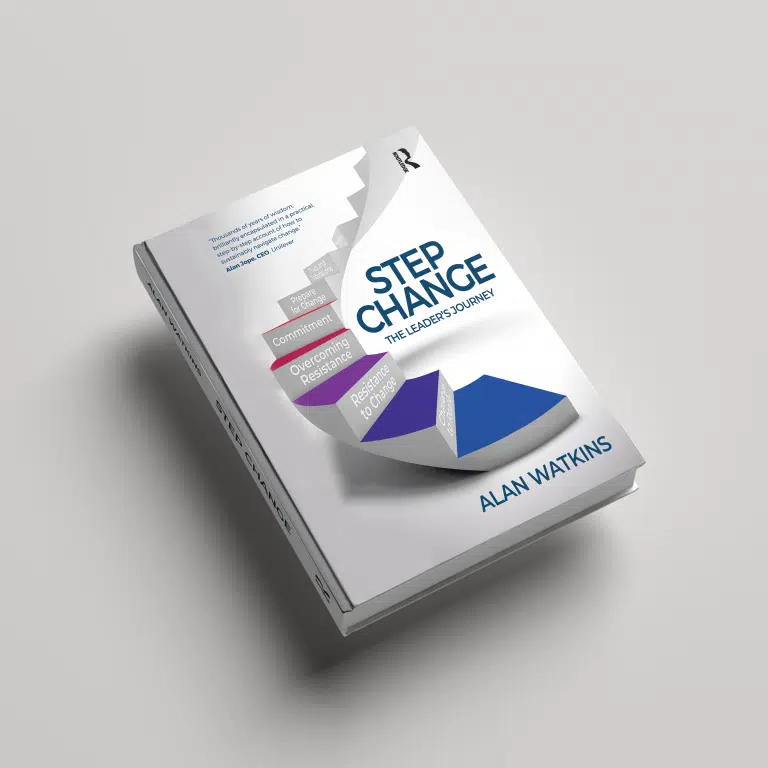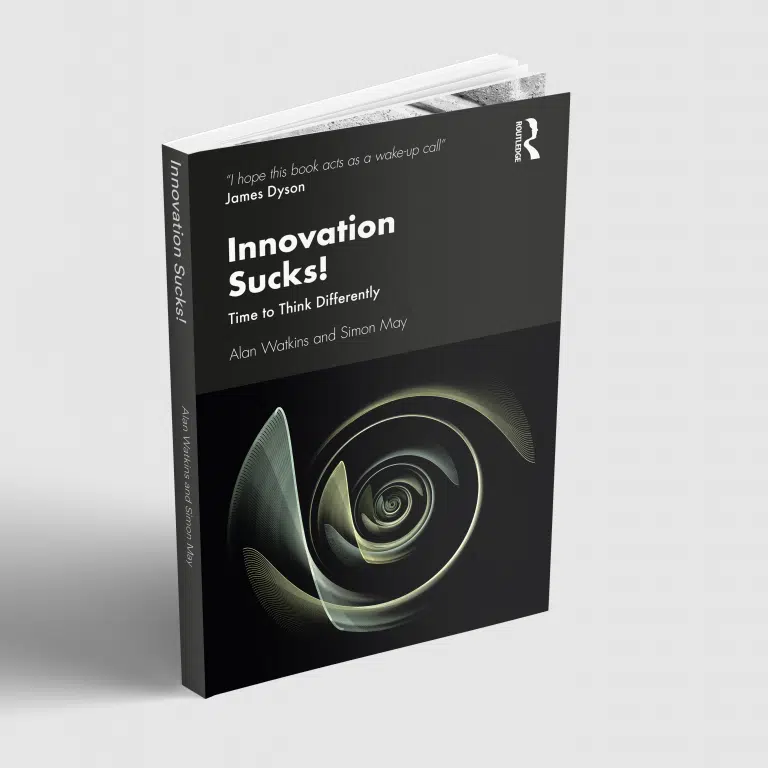As a species, we prefer things the way they are. Nowhere is our relationship to change more tortured than In every organisation, change is inevitable — but growth is optional.
For HR leaders, the real challenge isn’t just executing transformation initiatives. It’s helping people live through them. As stewards of both strategy and culture, HR plays a central role in turning change from a source of disruption into a catalyst for growth.
There are four key steps to reframing change so that HR leaders can guide their teams through the experience — practically, empathetically, and sustainably.
1. Create psychological safety before you create a plan
Before a single slide deck is built or a change timeline circulated, employees are already asking themselves: Is it safe to speak up? Will I be supported through this?
Psychological safety — the belief that you won’t be punished for being candid or vulnerable — is the foundation of successful change. Without it, fear wins. Employees go silent. Trust erodes. Resistance festers.
One key step HR can take is to encourage leaders to model vulnerability (“I don’t have all the answers, but here’s what I know…”) and reward people for speaking up (“I appreciate that it took some courage to raise that issue, let’s explore how we can address it together …”)
2. Build trust through clear, consistent communication
Too often, change fails not because of the strategy, but because of the messaging. HR must act as a bridge between executive intent and employee experience.
Review all your communication and ensure that it’s delivering on the 4 Cs below:
- Clarity (What’s changing?)
- Context (Why now?)
- Continuity (What stays the same?)
- Connection (How does this affect me?)
Remember that simple, human-centred narratives about the change are what will really resonate. Speak to your executives about stories that explain the change in human terms, while balancing a positive picture of the situation post-change with an understanding that our natural inclination is to resist that change.
3. Address emotional resistance, not just operational friction
It’s not just about connecting with the human side of change, resistance to change is essentially an emotional response, but it may be described in operational terms. For example, people might say, ‘we haven’t had enough training on this new system’, when what they mean is ‘I’m scared I won’t be good at this’. Or they might project their discomfort onto their team, saying ‘I’m just worried how the team will react’, when what they mean I ‘I’m not ok with this, but it’s easier to say others won’t be.’
Resistance to change isn’t usually about tools or timelines. It’s about identity, uncertainty, and loss.
As HR leaders, you can help by recognising those emotional signals. If you haven’t already, it would be worth exploring coaching for senior leaders to develop emotional intelligence. Or, with the whole of the senior team, you could embark on Team Journey development that would not only build change competency and resilience individually, it would also bring additional benefits to the team performance. All of which would help your senior leaders manage those emotional responses in others – as well as themselves!
4. Reframe change as development, not disruption
This is where the real shift happens.
HR leaders are uniquely positioned to shape the internal narrative around change. Instead of ‘managing resistance’, you can help teams see change as a platform for growth.
People development that focuses on increasing sophistication – not just learning new skills – will help to change the way people view change itself. The development can also link directly to the desired change with new skills, new thinking and new roles.
HR can also support the narrative from executives by showcasing stories of people who adapted and grew — peer models are powerful.
This mindset shift — from threat to opportunity — won’t happen overnight. But HR can start the ripple. Handled well, change can build trust, develop resilience, and even boost engagement. But it requires more than a strategy — it requires a structured, emotionally intelligent approach led by people who understand people. That’s HR.





